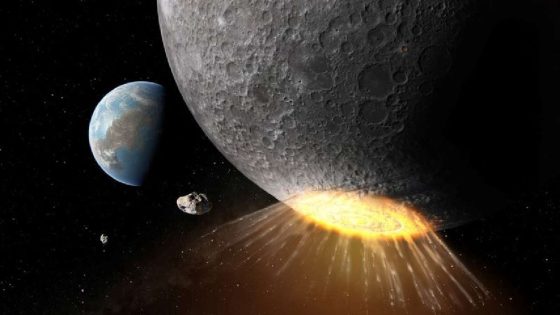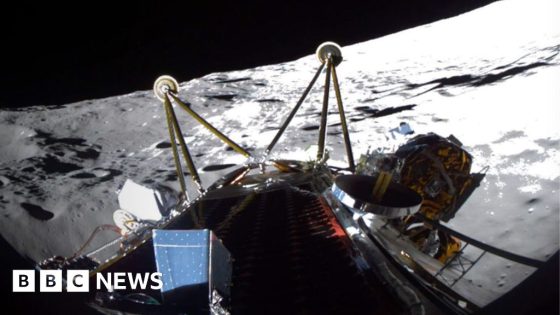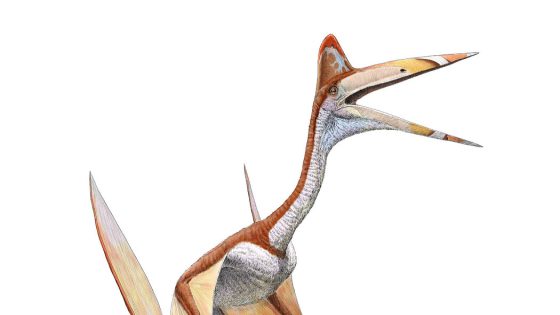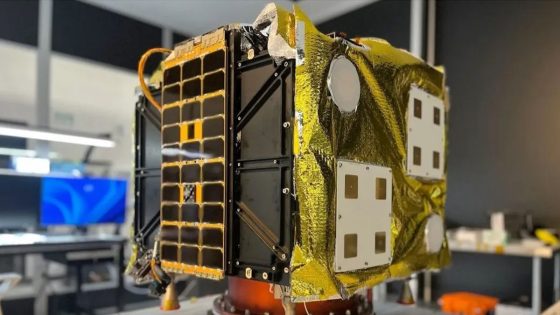Since December, astronomers have been tracking an asteroid named 2024 YR4, which could potentially impact Earth in 2032. As of now, the odds of this asteroid hitting our planet are increasing, sparking curiosity and concern among scientists and the public alike.
- Asteroid 2024 YR4 studied for potential impact
- Current impact probability is 2.2 percent
- Odds increased from 1.3 to 2.3 percent
- Fluctuations in impact probability are normal
- Expert reassures low overall impact risk
- Ongoing observations may reduce impact chances
What Are the Odds of Asteroid 2024 YR4 Hitting Earth in 2032?
As of February 2025, the likelihood of asteroid 2024 YR4 striking Earth is 2.2%. But what does this mean for US? Is there cause for alarm, or is this just part of the natural ebb and flow of asteroid tracking?
Understanding the Fluctuating Odds of Asteroid Impacts
The odds of asteroid impacts can change frequently due to new data. For instance, the chances for 2024 YR4 have fluctuated from 1.3% to 2.3% in just a few days. Here’s why this happens:
- New observations can alter calculations.
- Asteroids are often hard to track accurately at first.
- Initial data can lead to higher uncertainty.
- Continuous monitoring helps refine the odds.
What Should We Know About Asteroid 2024 YR4?
Astronomers have been studying 2024 YR4 since its discovery. The asteroid is estimated to be between 130 and 300 feet long. While its current impact probability is concerning, experts like Davide Farnocchia from NASA stress that these figures can change. The more we observe, the clearer the picture becomes.
How Do Scientists Monitor Asteroids?
Scientists use advanced technology and telescopes to track asteroids. They calculate their orbits and predict potential impacts. Here’s how they do it:
- Telescopes gather data on the asteroid’s position.
- Mathematical models predict future paths.
- Continuous updates lead to more accurate predictions.
In conclusion, while the odds of asteroid 2024 YR4 impacting Earth have increased, experts remain optimistic. Continuous observation will likely reduce the chances further, ensuring our safety.

































